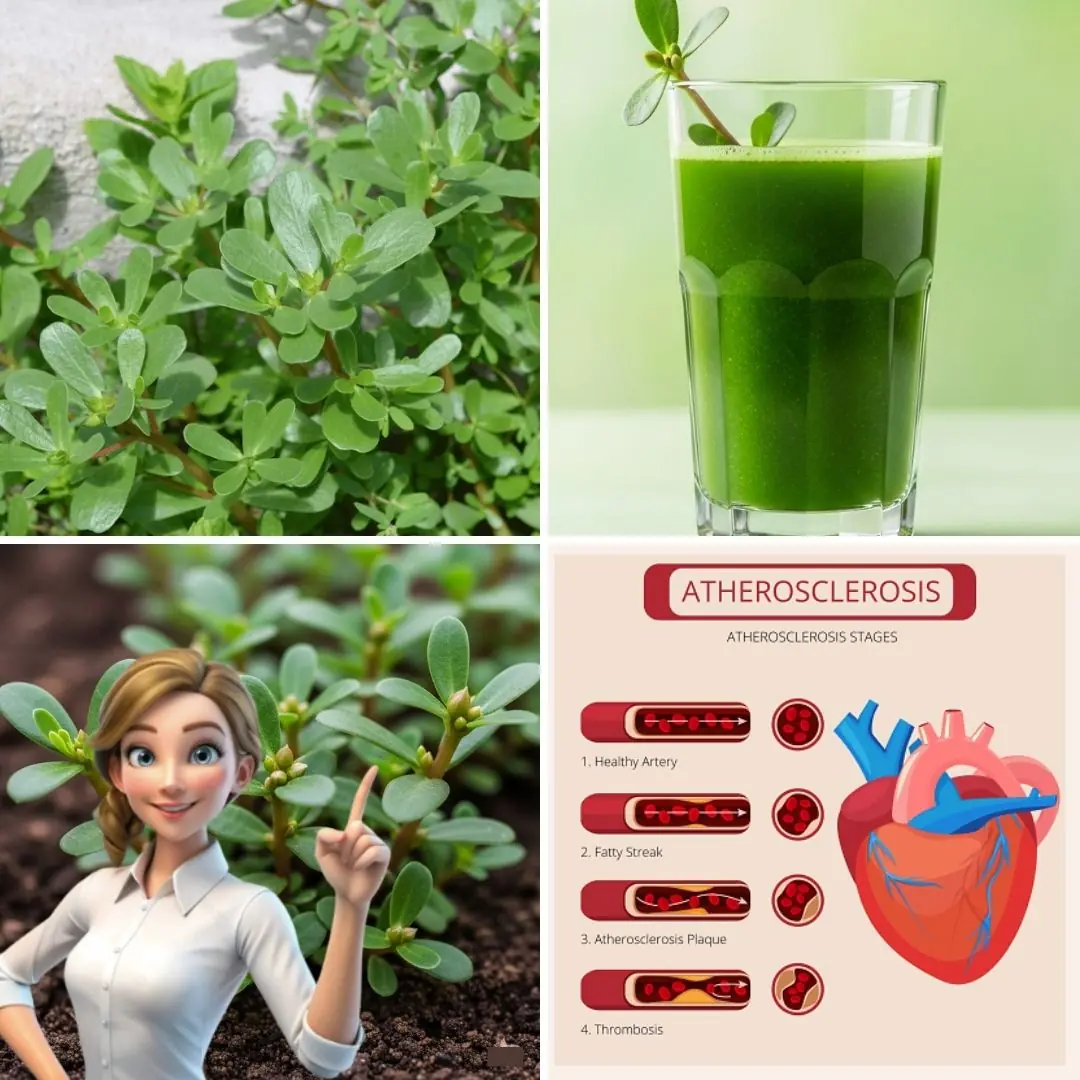
Purslane: The Superfood That Tastes Better Than Meat – 7 Reasons to Grow It in Your Garden
If you’re on the hunt for a nutrient-rich, low-maintenance plant that can elevate your meals while supporting your health, look no further than purslane. Often dismissed as an ordinary weed, this leafy green succulent is gaining popularity as a superfood brimming with health benefits. With its fresh, slightly tangy flavor and crunchy texture, purslane not only adds zest to your dishes but also delivers a powerful nutritional punch.
Let’s dive into eight compelling reasons (yes, we’ve added one more!) why growing purslane might be one of the best gardening decisions you make this season.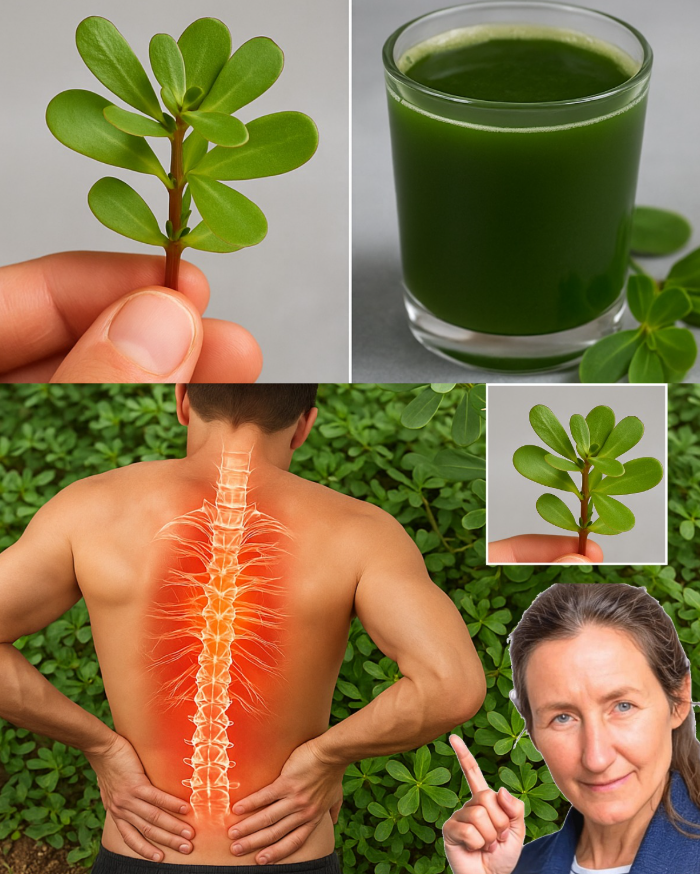
What Is Purslane?
Purslane (Portulaca oleracea) is a hardy, succulent plant that thrives in warm climates and requires minimal care. It grows low to the ground with fleshy, spoon-shaped leaves and reddish stems. Purslane has been a staple in traditional cuisines from the Mediterranean to Asia for centuries. Now, thanks to a renewed interest in functional foods and edible landscaping, it’s making a strong comeback in modern kitchens—especially among those seeking natural, plant-based nutrition.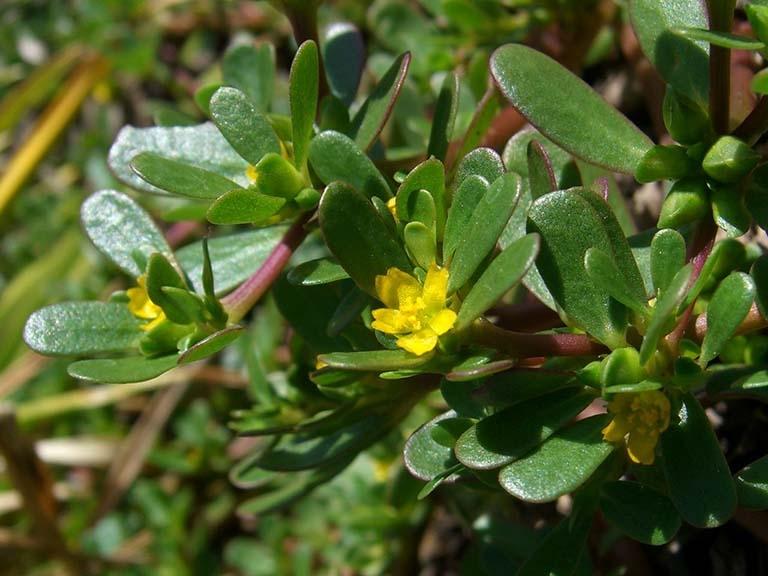
1. A Rare Plant-Based Source of Omega-3 Fatty Acids
Most plant-based foods contain little to no omega-3 fatty acids, but purslane is a remarkable exception. It’s one of the richest known vegetable sources of alpha-linolenic acid (ALA), a type of omega-3 that helps reduce inflammation, supports brain function, and promotes cardiovascular health. Incorporating purslane into your diet is a smart, sustainable way to enhance your omega-3 intake without relying on fish or supplements.
2. Abundant in Vitamins and Powerful Antioxidants
Purslane is packed with essential vitamins—especially A, C, and E—that help your body fight oxidative stress. These antioxidants play a critical role in supporting immunity, vision, skin health, and cellular repair. In fact, just one serving of fresh purslane can provide a significant portion of your daily vitamin needs, making it an excellent addition to a health-conscious diet.
3. High in Essential Minerals
This humble plant is surprisingly rich in minerals such as magnesium, calcium, potassium, and iron—key nutrients for energy, bone health, muscle function, and blood pressure regulation. Whether you’re an athlete, a growing child, or simply trying to eat more nutritiously, adding purslane to your meals can help bridge mineral gaps in your diet naturally.
4. Excellent for Digestive Health Thanks to Its Fiber Content
Dietary fiber is essential for gut health, and purslane delivers a decent amount of it in every bite. Fiber not only promotes regular bowel movements and a balanced microbiome but also helps control blood sugar levels and supports long-term digestive wellness. If you’re looking to improve your gut health with real food, purslane is a great place to start.
5. Drought-Tolerant and Incredibly Easy to Grow
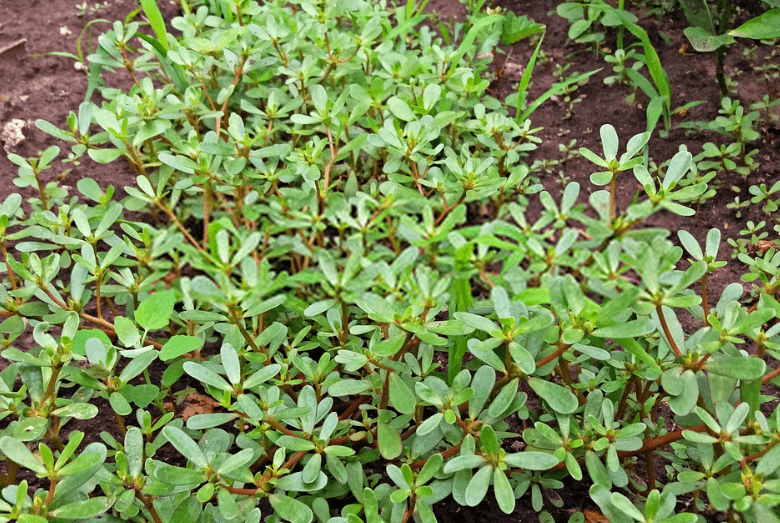
One of the best things about purslane is how effortlessly it grows. It thrives in poor, sandy soil and requires little watering, making it ideal for xeriscaping or gardens in dry climates. Whether you’re a beginner gardener or someone with a busy schedule, purslane practically takes care of itself. It can even grow in containers or small spaces, making it accessible to urban gardeners as well.
6. Boosts Soil Health and Attracts Beneficial Insects
Beyond its nutritional value, purslane offers environmental benefits too. It helps retain moisture in the soil, reduces erosion, and acts as a living mulch for neighboring plants. It also attracts pollinators like bees and beneficial insects that improve biodiversity and support your entire garden ecosystem. By growing purslane, you’re not just feeding yourself—you’re helping your garden flourish.
7. A Surprisingly Versatile Culinary Ingredient
Purslane’s juicy texture and bright, lemony flavor make it a fantastic addition to countless recipes. It can be eaten raw in salads, blended into smoothies, sautéed with garlic, or stirred into soups and stews. Its crispness holds up well to cooking, and it pairs beautifully with grains, legumes, and dairy. It’s also a favorite among vegans and vegetarians seeking satisfying, nutrient-dense meat alternatives.
8. Sustainable and Cost-Effective
Purslane is a self-seeding annual, meaning once you plant it, it often returns year after year with little effort. It's a low-cost way to keep fresh greens on your table and reduce your reliance on store-bought produce. Growing your own food, even something as simple as purslane, supports a more sustainable lifestyle by cutting down on packaging waste and transportation emissions.
Tips for Growing and Enjoying Purslane
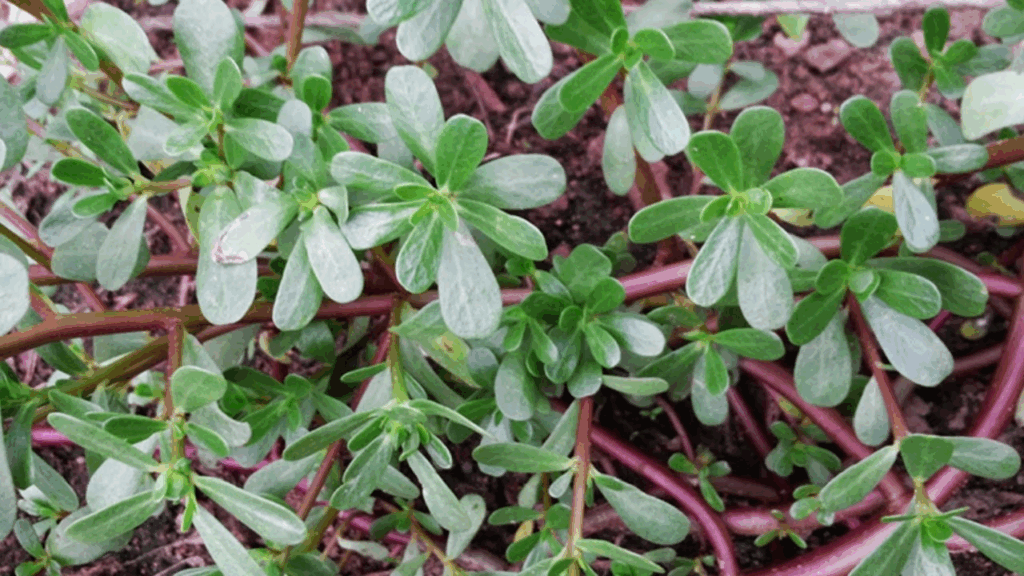
-
Soil & Sun: Plant in well-drained soil with full sunlight for optimal growth.
-
Harvesting: Pick young leaves and stems regularly to encourage continuous production.
-
Cleaning: Rinse thoroughly to remove soil and grit before eating.
-
Storage: Store fresh purslane in the refrigerator and use within a few days for best quality.
-
Cooking Ideas: Try it in tacos, omelets, pesto, or even as a crunchy topping for avocado toast.
Final Thoughts
Growing purslane is a simple yet rewarding way to enhance both your health and your garden. Its impressive nutrient content, ease of care, and culinary flexibility make it an ideal addition to any home garden—whether you’re growing on a balcony or in a backyard.
So why not give this underappreciated plant a try? You may find that purslane becomes a new staple in your meals—and your wellness routine.
👉 Share this with a friend who loves healthy living or home gardening. Explore more holistic nutrition tips and garden-friendly recipes on our website!
This article is for informational purposes only and should not be considered medical advice. Always consult your healthcare provider before making significant dietary or lifestyle changes.
News in the same category

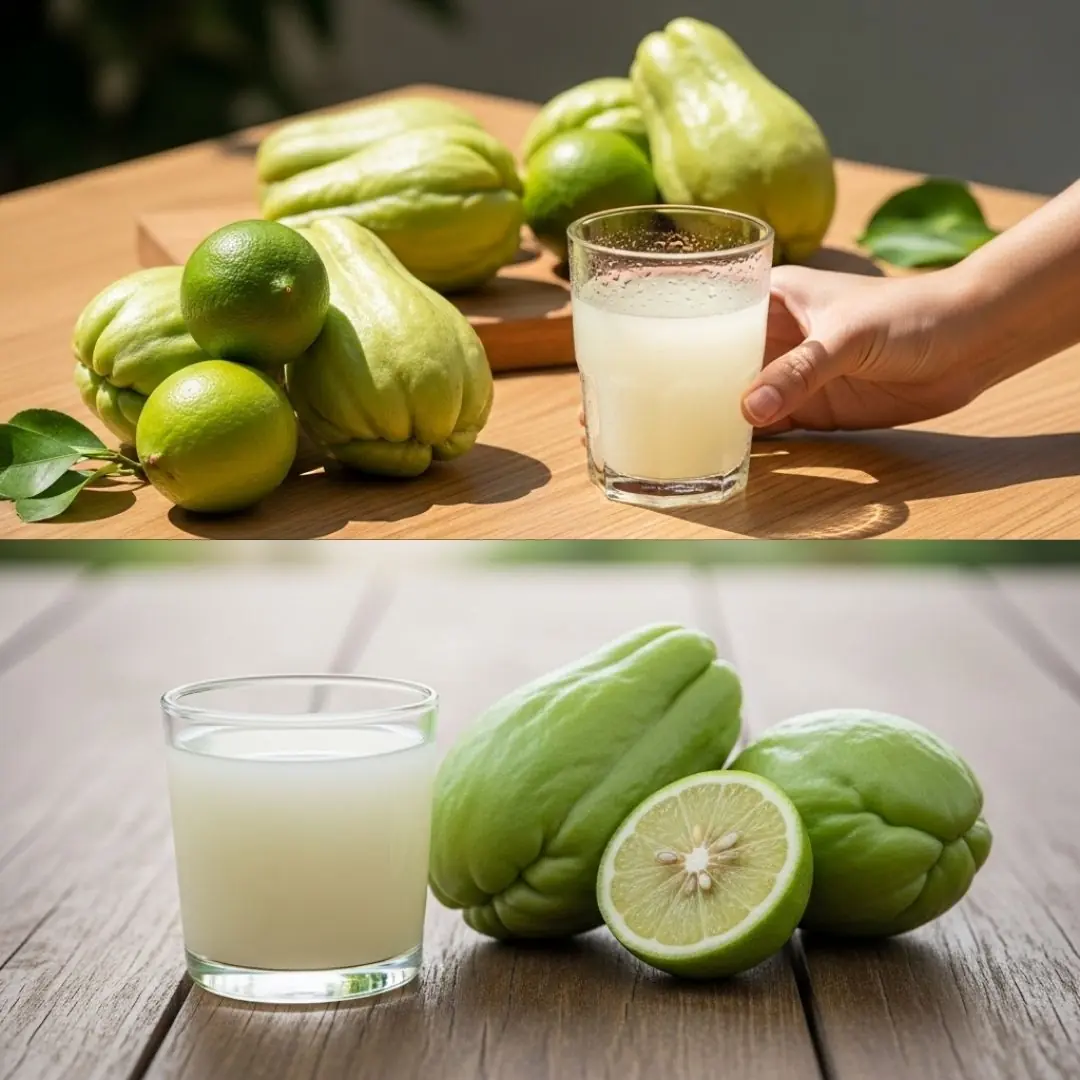
🥒🍋 Mix Chayote and Lemon — You'll Thank Me When You Discover What It's For!
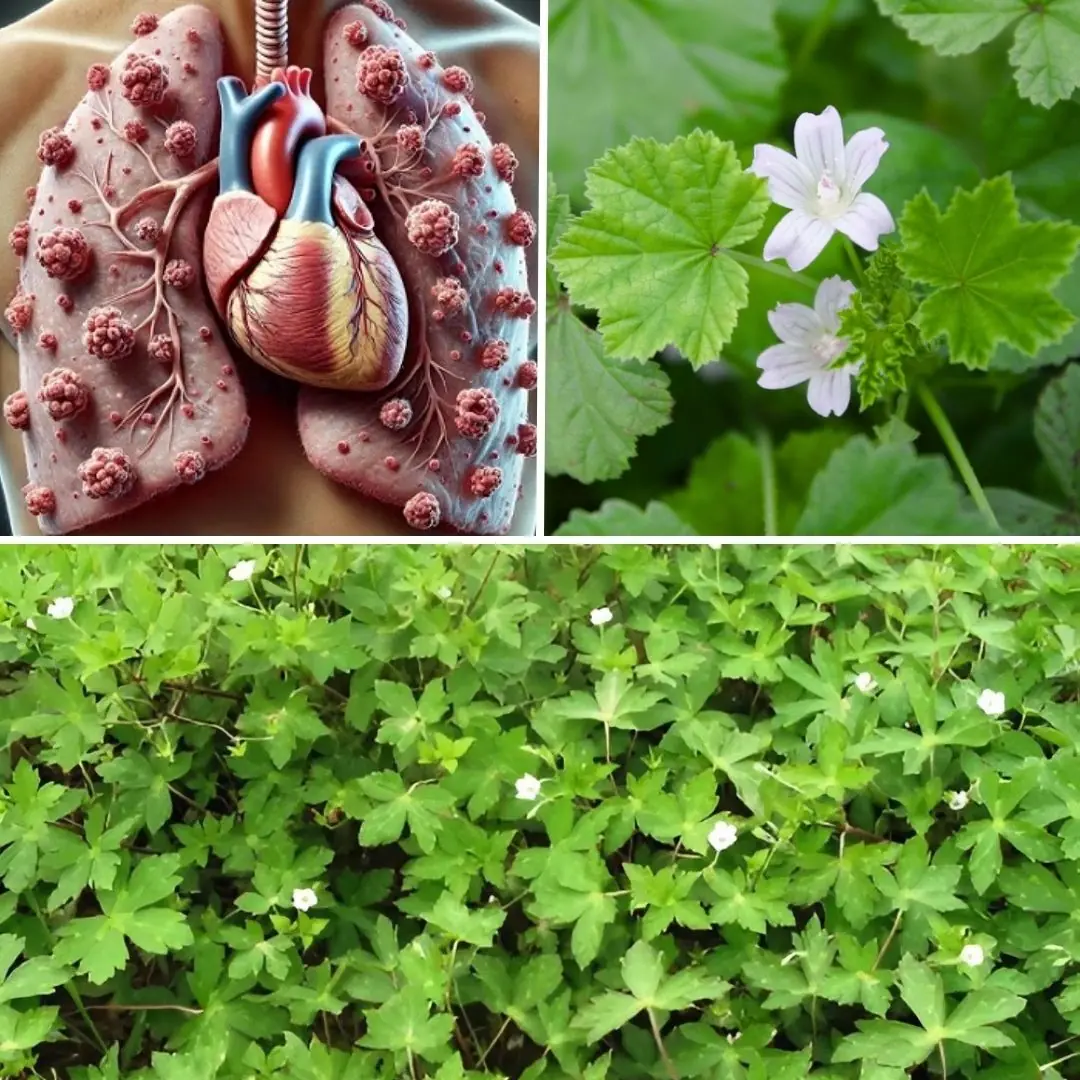
The Secret Superfood Hiding in Your Backyard: Why Common Mallow Will Blow Your Mind

🍍 Why You’ll Love This Pineapple Lemon Ginger Fat Burning Juice

Kalanchoe Pinnata: The Miracle Leaf That’s Your Secret to Natural Healing

Can a Tea Really Support Heart Health? Natural Ways to Care for Your Arteries

Lemon and Apple: A Healthy Duo for Wellness and Vitality

🌿 Guava Leaves for Water Retention: A Natural Remedy That Works

🥬 Unbelievable! Restore Your Vision Naturally with This Parsley Drink! 🌿👀

Sore Throat Relief: How Ginger Can Soothe Your Throat Naturally

If You Know These 11 Benefits of Tamarind, You'll Want to Eat It More Often

Avocado After 50: Here’s What Happens After 7 Days of Use

Lemon and Charcoal: A Natural Skin Care Secret to Save Money and Glow

Golden Energy: How Turmeric, Black Pepper, and Almond Milk Support a Healthier You

Eat These 9 Fruits Daily to Brighten Your Vision & Prevent Cataracts Naturally (Science-Backed)

The Plant That Closes Its Leaves When You Touch It – And May Support Your Health Naturally

Garlic: The Tiny Clove with Mighty Wellness Powers You Need to Know
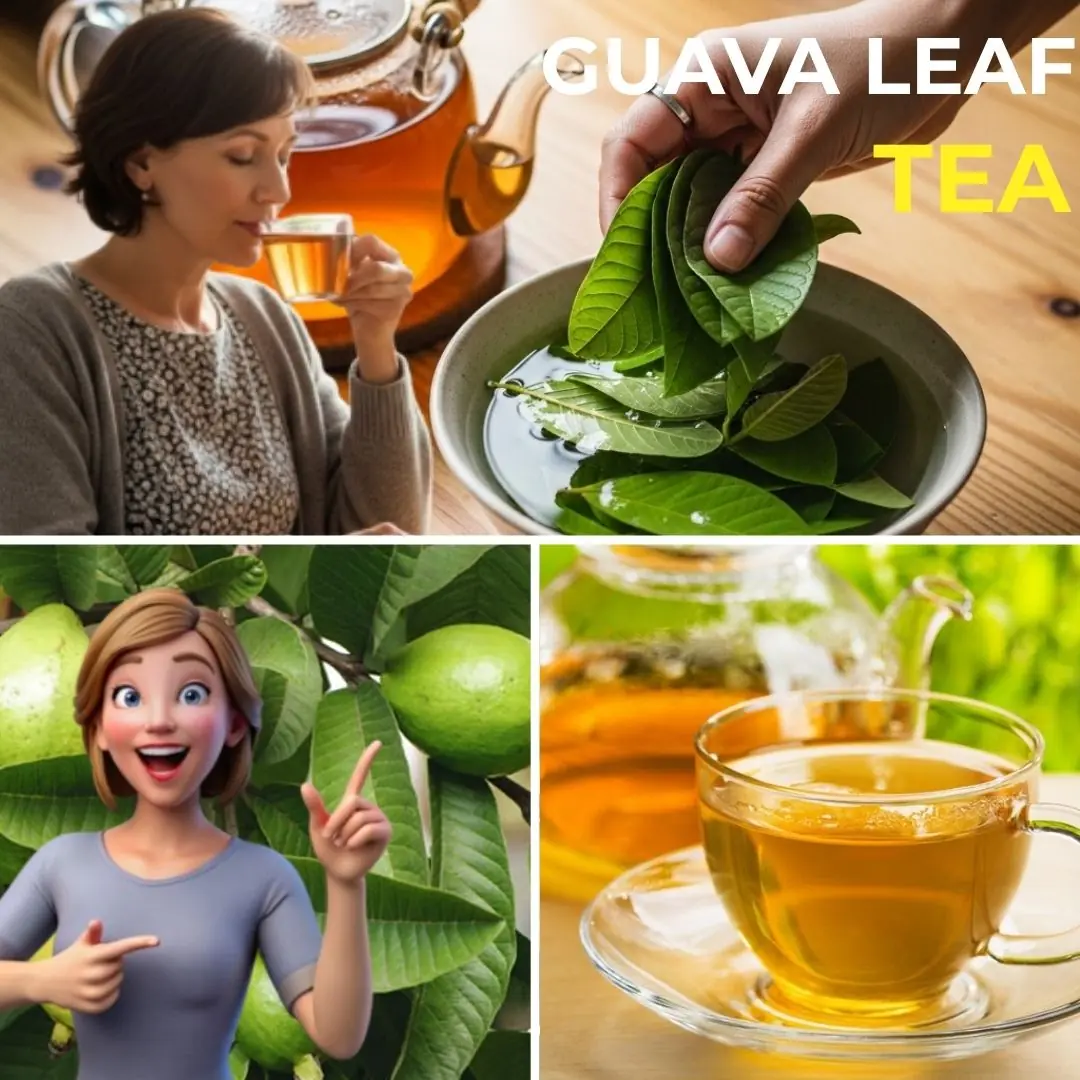
Discover the Magic of Guava Leaf Tea: Your Secret to Vibrant Health
News Post

Purslane: The Humble Backyard Superfood You’ll Wish You’d Known Sooner

🥒🍋 Mix Chayote and Lemon — You'll Thank Me When You Discover What It's For!

Every Breath You Take Alters Your Visual Perception

Popular Medications Millions Of People Take At Night Have Been Linked to Disabilities

10 Popular Ultra-Processed Foods Now Linked to Cancer, Study Confirms

A 9th-century onion and garlic remedy just killed 90% of antibiotic-resistant MRSA in lab tests

“If you’re that depressed, reach out to someone. And remember, suicide is a permanent solution to temporary problems.” – Robin Williams

The world’s first lung cancer vaccine enters clinical trials in seven countries

Simulation Shows Grim Reality of What Ozempic Does to Your Body Once Injected

Rising Kidney Failure in Young People: One Harmful Habit Many Are Unknowingly Practicing
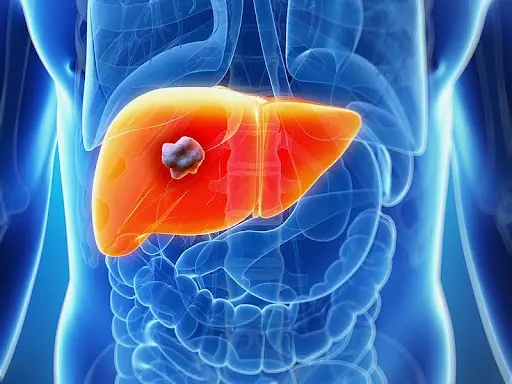
5 Early Signs of Liver Failure: Seek Medical Help Early to Prolong Life – Number 2 Is Especially Common

7 Health Problems That Can Happen If You Don’t Drink Enough Water

Your Brain Is Still Feeling the Impact Of The Sleep You Got Two Weeks Ago, Science Says

Home Remedies to Treat and Prevent Ingrown Toenails (Onychocryptosis)

Blood Clot in Leg: Crucial Signs and Symptoms You Can't Afford to Ignore

20 Subtle Cancer Symptoms Many People Miss

Why You Should Blur Your House On Google Maps Before It’s Too Late

Harvard Prof Says Ancient Mars Was Home To Civilization Destroyed By Extraterrestrial Nuke

Former Bush Official Claims U.s. Built $21 Trillion Underground City For Elites To Survive Doomsday
